What kind of computer can be considered a desktop one? Perhaps compact enough to be placed on a table. YouTuber Alexander the ok considers the D-17b as such, which was responsible for the guidance of Minuteman 1 ballistic missiles, and then was transferred to US universities.
In the late 1960s, computers from decommissioned Minuteman 1 missiles were handed over to universities and other research institutions for free. By that time, the Minuteman 1 missile was gradually being replaced by Minuteman 2. The computers inside these missiles were not like room-filling cabinets - one person could lift them. It had a cylindrical form factor.
The main purpose of these computing machines was the guidance. Before GPS came along, missiles relied solely on inertial navigation, using gyroscopes and accelerometers whose readings were used in the trajectory equations that D-17b calculated, literally and portably, on the fly.
The Minuteman 1 missile was not very large: 17 m in height and 1.7 m at its widest point. The diameter of the missile guidance section where the D-17b was housed was 75 cm in diameter and 80 cm in height. Of course, it was larger than a regular desktop PC, but it could definitely be placed on a table.
The computer weighed 28 kg and was mounted in a 12-sided chassis 54 cm high and 74 cm wide. All logic, synchronization, and I/O were controlled by 75 separate printed circuit boards. These were discrete components, there were no integrated circuits. In other words, this computer did not have a processor. D-17b contained a small number of transistors and a fairly large number of diodes and resistors. The concept of a transistor was then new, and the desire for reliability dictated the use of the smallest possible number of transistors, about 1500 in total.
Another important component was the magnetic hard drive. The first commercial hard drive was the IBM 350 weighing 1 ton, released five years before the D-17b. Thus, the memory device of the D-17b was a prominent achievement in miniaturization. The drive could hold 8 KB of data.
The D-17b computer was an outstanding achievement of 1962 and was not cheap. At today's exchange rate it cost about $2 million - to give them away for free was unheard of generosity. One D-17b can be seen in the Computer History Museum in Mountain View, California, and another is on display in a museum in Montana.
Sources: Tom`s Hardware, Wikipedia






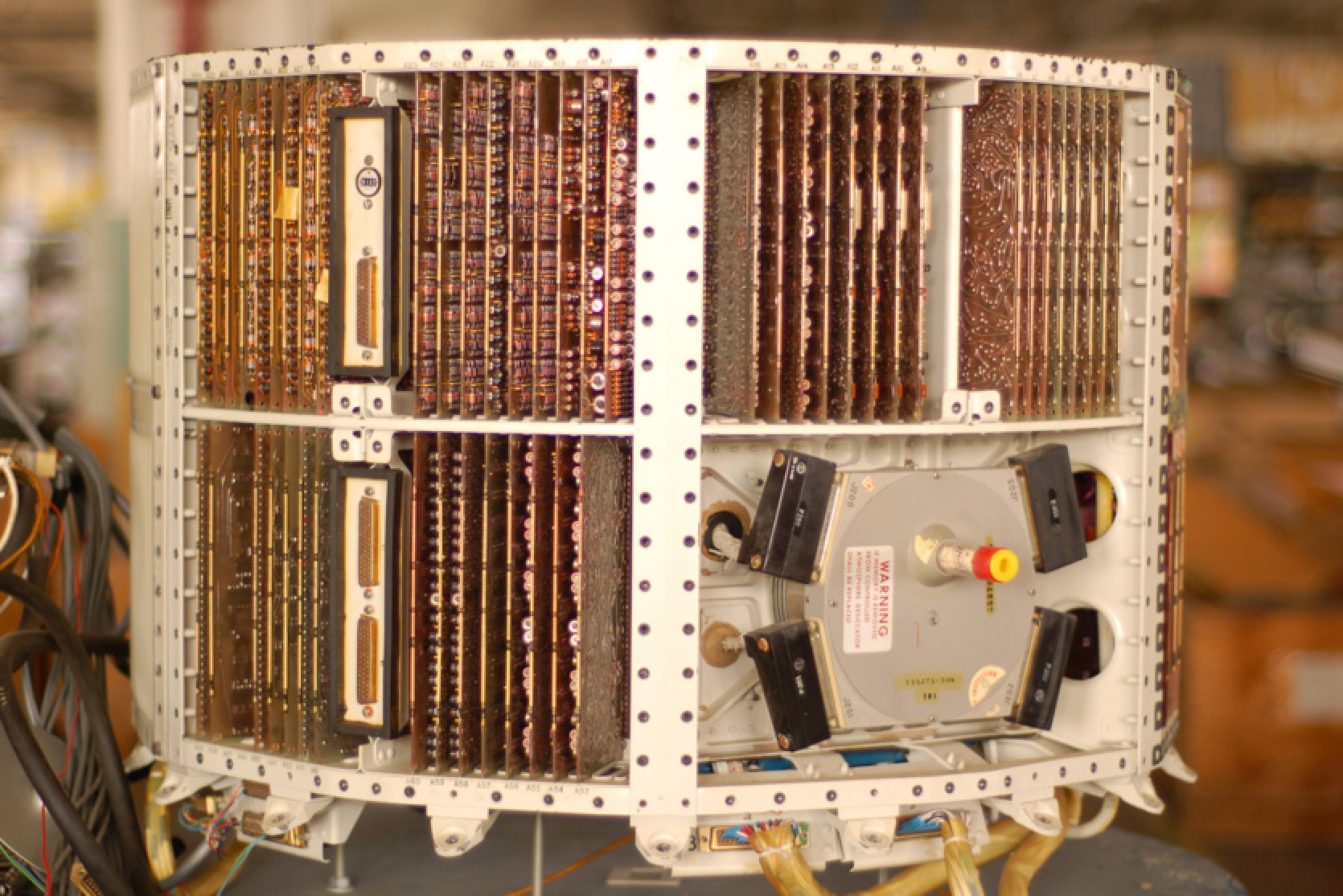


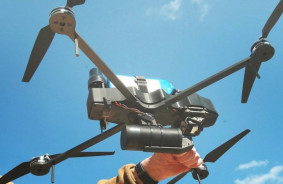
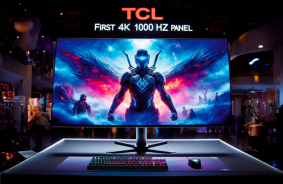

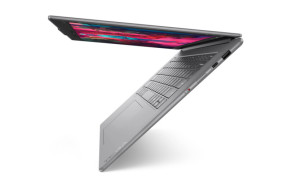
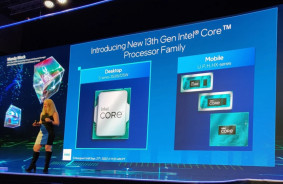
Comments (0)
There are no comments for now